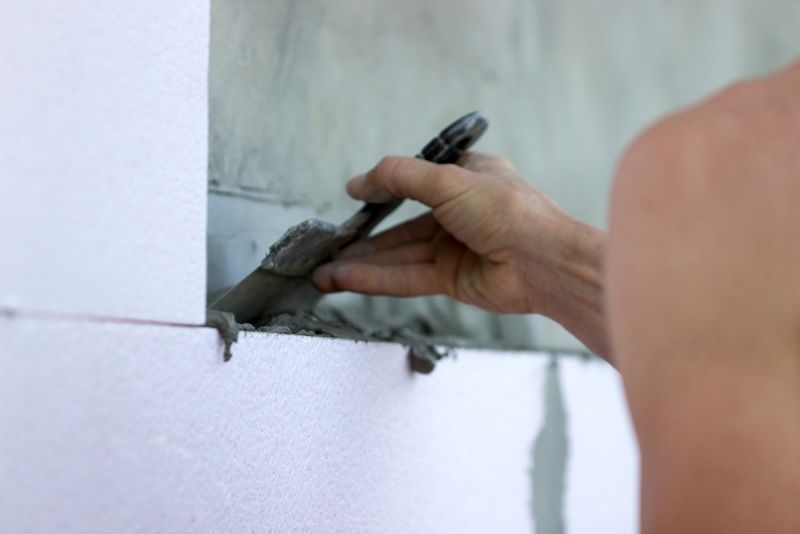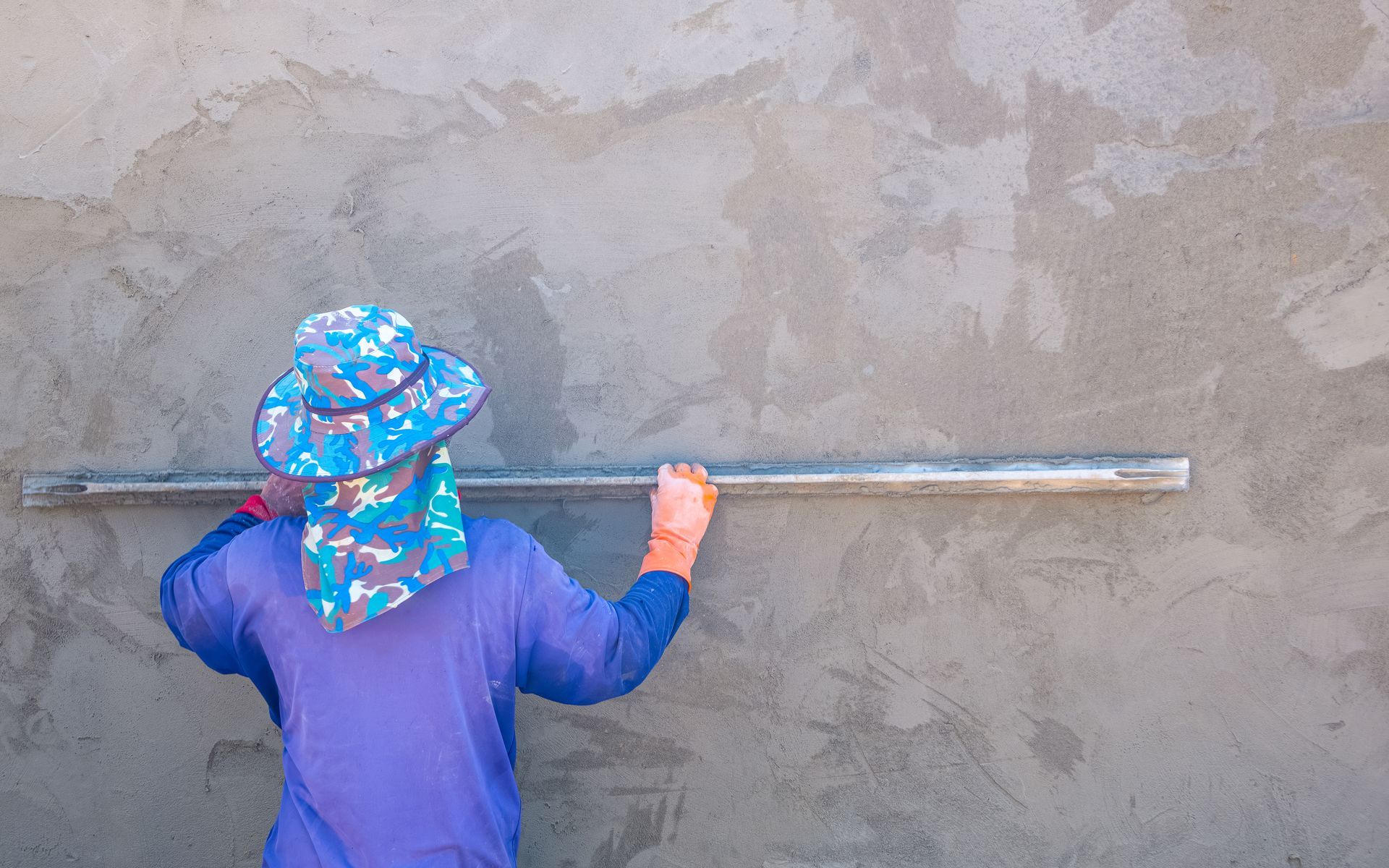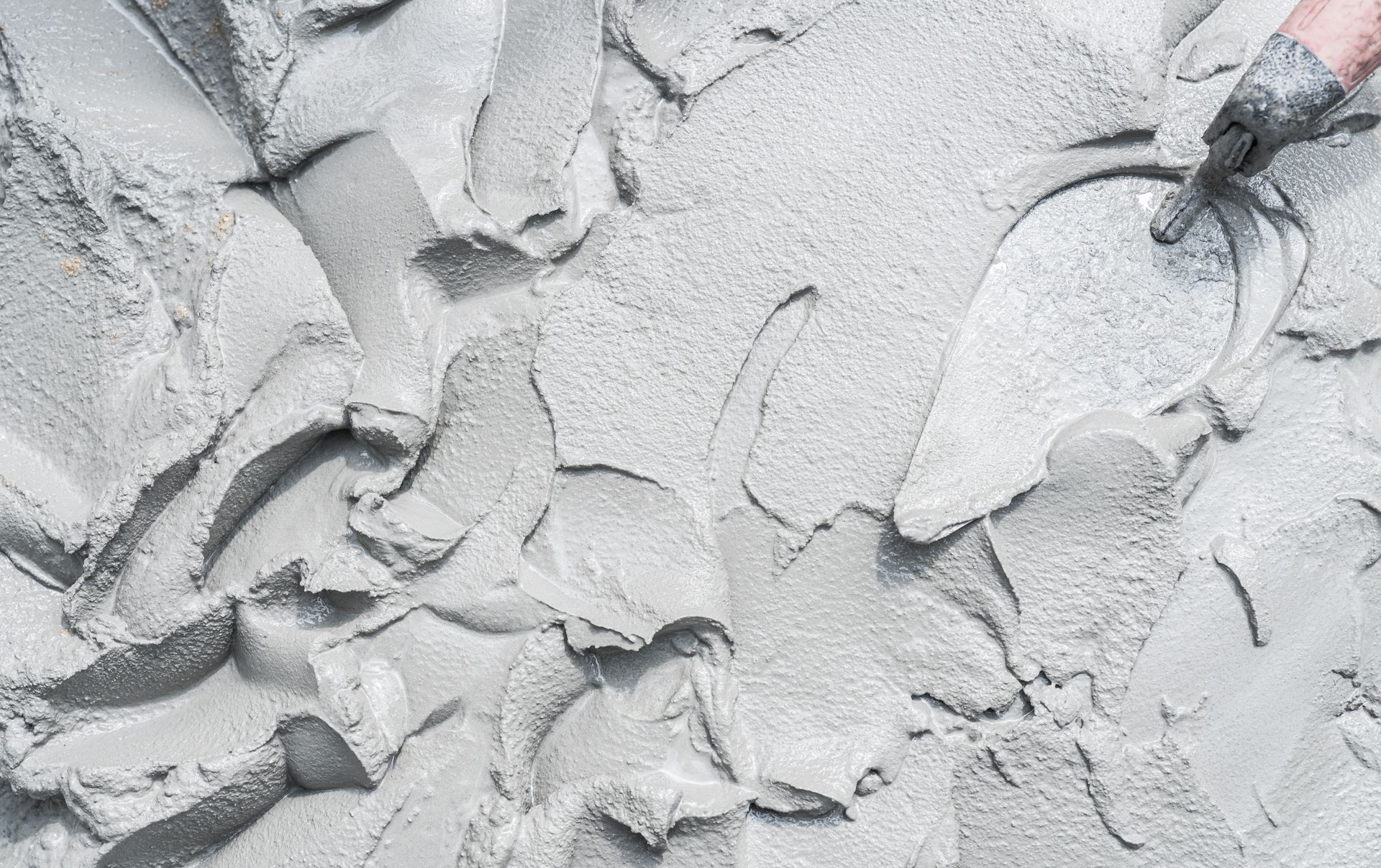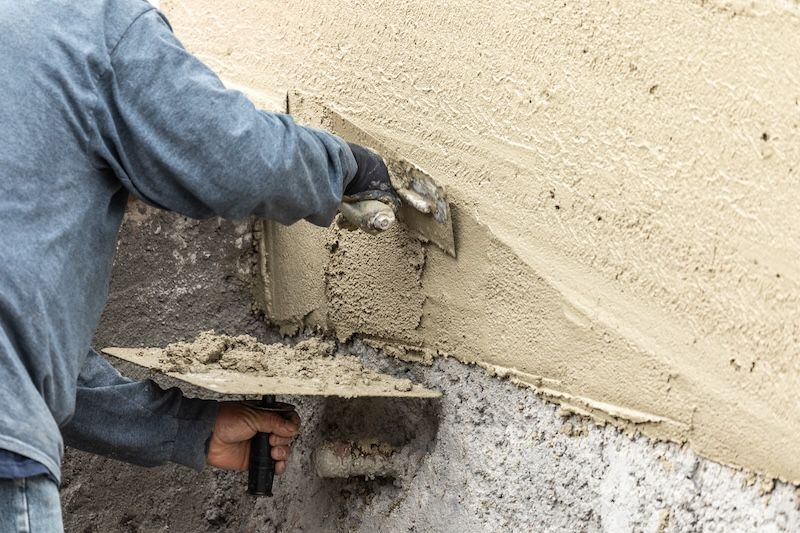Why Stucco Application Timing is Critical for Lasting Results
Stucco is a popular exterior finish, but did you know the timing of stucco application can make or break the project? Proper timing isn’t just about getting the job done; it’s about ensuring the stucco work lasts.
To start, applying stucco in the wrong weather—like when it’s too wet—affects how well the cement and base coat adhere. A rushed curing process can leave the surface prone to cracking, compromising the structure’s durability. Whether you’re using traditional stucco or synthetic stucco, waiting for the perfect moment to apply stucco allows each layer to bond and harden properly. It’s this careful timing that leads to less maintenance and boosts your home’s energy efficiency.
In this blog, we’ll explore why timing is everything when it comes to quality stucco work.
Understanding the Stucco Application Process

The stucco application process involves several meticulous steps to ensure a durable and long-lasting finish. It all begins with the preparation of the surface, which includes cleaning and repairing any cracks or damage. This step is crucial as it sets the foundation for the stucco to adhere properly.
Next, a layer of metal lath is attached to the wall using galvanized nails. This metal lath provides a rigid surface for the stucco to cling to, ensuring a strong bond. The first layer of stucco, known as the scratch coat, is then applied using a square trowel. This layer is typically about 1/4 inch thick and is scratched to create a textured surface for the next layer to bond to.
Once the scratch coat has set, the brown coat is applied. This layer, made of plastic cement, is usually about 1/2 inch thick. The brown coat loses its moisture quickly, so it must be kept at optimum moisture levels to prevent drying and cracking. Properly maintaining the moisture in the brown coat is essential for a strong and durable finish.
The final layer of stucco is the finish coat, which can be applied using a texture roller or fiber brush. This coat can be colored using water-soluble paint and is available in a variety of textures and finishes to suit different aesthetic preferences. After the finish coat is applied, it is allowed to set before being sealed with a fog spray to protect it from the elements. This final step ensures that the stucco remains resilient and visually appealing for years to come.
How Timing Affects Stucco Application
The timing plays a huge role in getting your stucco installation just right. Rushing through the process can leave you with cracks, moisture issues, and an overall weaker exterior. It’s like building a house of cards—patience is key.
Curing and Setting Time
After the initial stucco application, each layer needs time to set properly. Usually, this takes 24-48 hours depending on the weather. If you rush the curing process, the material won’t bond well, leading to cracks and allowing moisture to penetrate the building. This results in a structure that may not hold up over time.
Layering Stucco at the Right Intervals
Stucco requires three coats: a scratch coat, a base coat, and a finish coat. Proper timing between these layers is critical. If you don’t give each layer time to bond with the wire lath, you’ll end up with uneven texture and a finish that’s far from smooth.
The Role of Weather in Stucco Application Timing

Weather can make or break a good stucco application. If it’s too hot, the stucco dries too quickly, causing cracks and a weaker bond with the concrete. Managing application in high heat means keeping the surface damp and avoiding direct sunlight.
In contrast, cold and damp weather, as well as high winds, can slow the drying process, trapping moisture inside the plaster. This can lead to long-term damage.
Here are some ways to adjust timing based on climate:
- Keep stucco damp in hot conditions to prevent rapid drying.
- Use tarps to shade stucco siding from direct sun.
- In cold weather, avoid applying stucco below 40°F.
- Allow extra time for each layer to fully dry.
By adjusting for weather, you ensure a strong and durable complete finish.
Seasonal Considerations
When it comes to applying stucco, seasonal considerations are crucial to ensure a successful installation. The ideal time to apply stucco is during the spring and summer months when the temperature is moderate, typically between 50-80°F, and the weather is cloudy. Direct heat can cause stucco to dry too quickly, leading to cracks, while excessive moisture can compromise the stability and strength of the stucco.
In regions with high winds or extreme temperatures, it may be necessary to apply a specialized coating to protect the stucco from the elements. Applying stucco during the winter months can be particularly challenging due to cold temperatures and the potential for freezing, which can adversely affect the curing process.
In contrast, synthetic stucco, also known as Exterior Insulation and Finish Systems (EIFS), offers greater flexibility in terms of application conditions. EIFS is a modern cement system designed to be more flexible and durable than traditional stucco. It can be applied in a wider range of temperatures and weather conditions, making it a popular choice for architects and builders. Additionally, EIFS is available in a variety of colors and textures, providing more design options while ensuring a robust and long-lasting finish.
By considering these seasonal factors and choosing the appropriate type of stucco, you can achieve a high-quality, durable exterior finish that stands up to the elements.
Timing Considerations for Large-Scale Projects
In large-scale projects, suboptimal timing for stucco applications can delay the entire build. If the stucco isn’t applied at the right stage, it can slow down other trades, pushing back project deadlines.
To avoid this:
- Coordinate closely with other contractors to ensure the schedule aligns.
- Monitor weather conditions and adjust plans if needed.
- Make sure the surface is ready for stucco application—clean, dry, and properly prepped.
- Plan for curing time between coats to prevent delays down the line.
In commercial or large-scale builds, these small details can have a big impact on staying on schedule. By planning ahead, you can keep the project running smoothly and avoid costly setbacks.
Best Practices for Ensuring Proper Timing of Stucco Application
Expert stucco application timing can be the difference between a finish that lasts and one that cracks or fails over time. When done right, it ensures your stucco is durable, protects against moisture, and offers a smooth, high-quality look.
For residential projects, timing strategies focus on smaller spaces and quicker application, while commercial jobs require careful coordination with other trades to avoid delays. Regardless of project size, it’s critical to allow for proper curing between layers and monitor weather conditions to prevent issues.
Key timing strategies:
- Ensure each coat has adequate time to set before the next is applied.
- Adjust application schedules based on weather for optimal results.
- Coordinate timing with the rest of the build to prevent delays.
By focusing on timing, you get a strong, long-lasting stucco finish.
Planning Ahead for Perfect Stucco Results
When it comes to stucco, timing isn’t just important—it’s essential. Properly timed stucco application leads to a durable, long-lasting finish that resists moisture and cracks. Without careful planning, you risk a weak exterior that requires more frequent repairs.
Whether it’s for a home or a commercial project, Orlando Stucco Repair Pros always focus on timing to ensure a smooth, flawless look. They know that proper curing and layering techniques are crucial for delivering aesthetically pleasing, resilient stucco that will stand the test of time.
Plan wisely, and your stucco project will reward you with beauty and durability for years.


